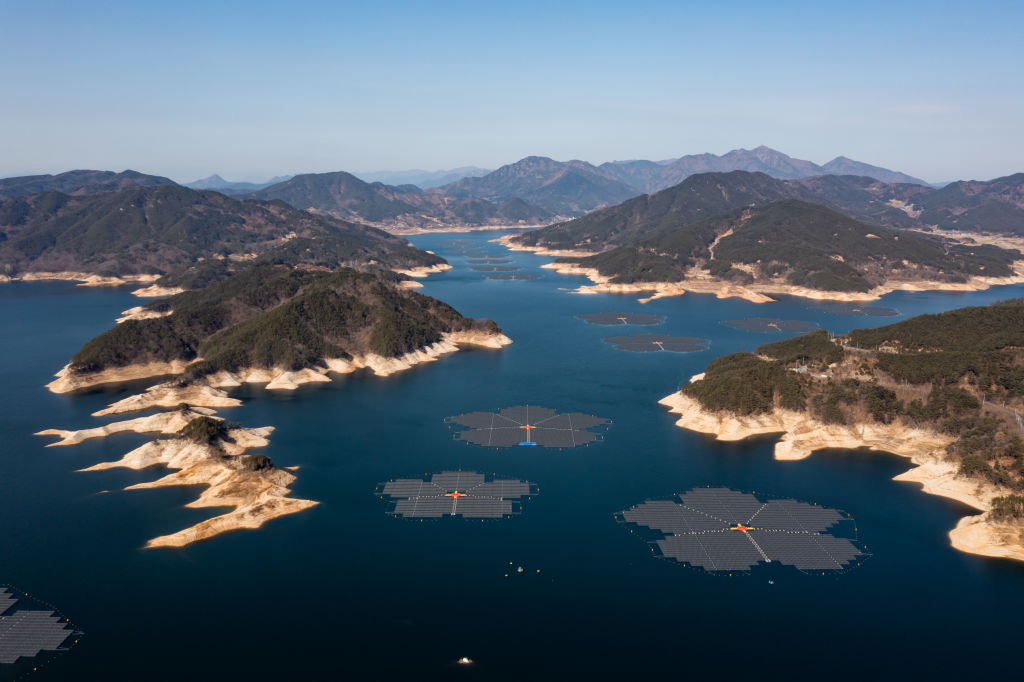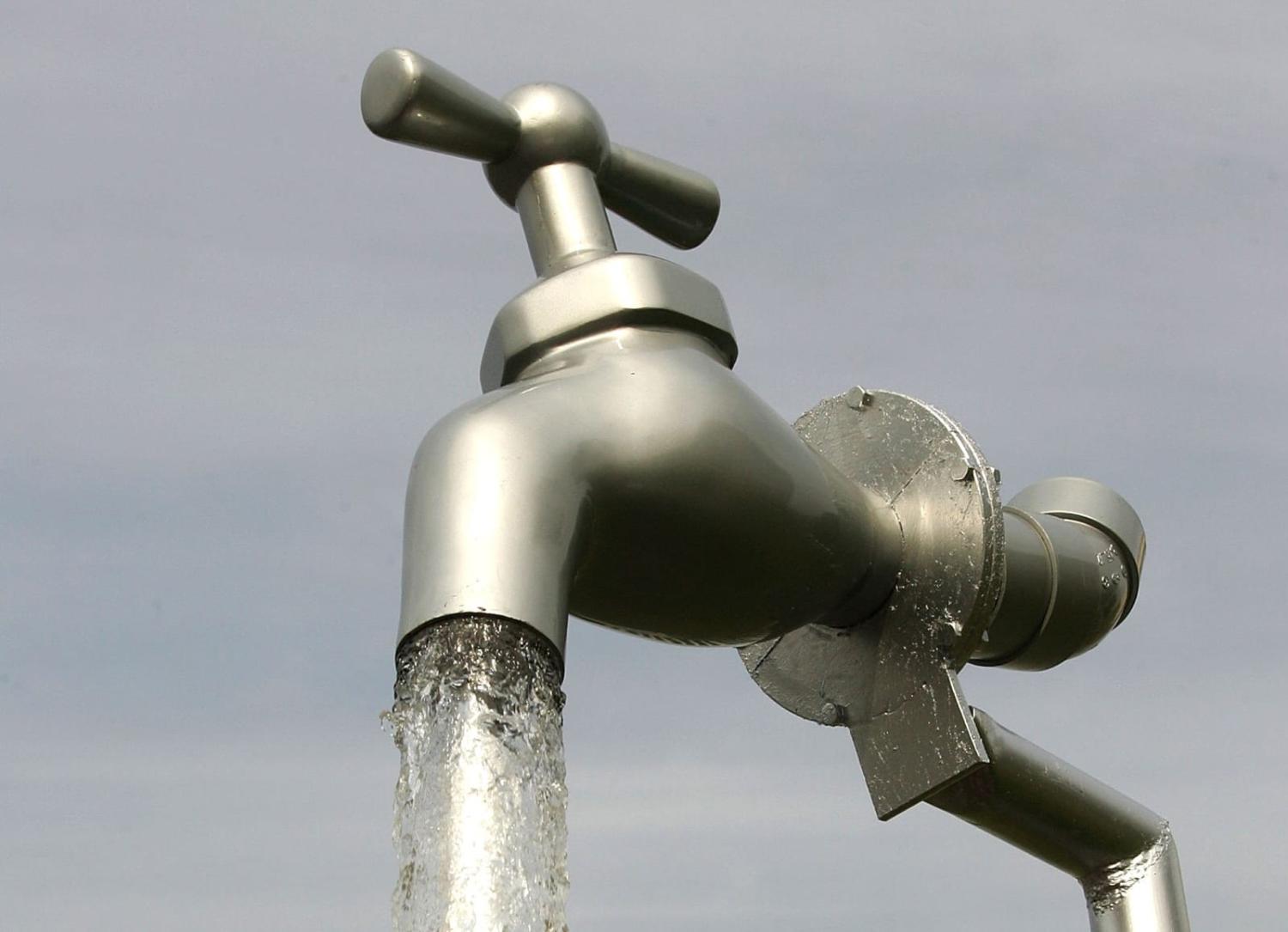South Korea, Asia’s extraordinary economic development success story, is facing water shortages. The situation is bad enough that the government recently warned the 1.4 million residents of Gwangju – the provincial southwestern capital – could run out of water before the next flood season is due to begin in June. The world’s first mobile seawater desalination plant has been deployed to deliver 300 tonnes of potable water daily in South Jeolla Province, also known as Jeonnam, where drought has dried up supplies.
But even if the rains come, the country’s water woes are only going to continue. Water scarcity is partly a consequence of the very same economic development that has made South Korea wealthy. And climate change will make matters worse.
High population density, topography challenges, regional water imbalances, and growing demands mean that water in river basins is fully or nearly fully allocated. With shifting weather patterns brought about by global warming are expected to increase the frequency, intensity, and duration of droughts and other extreme weather events.
But the South Korean public doesn’t typically think much about water supplies when turning on the tap. A reasonably well-maintained and inexpensive water infrastructure has left Koreans generally complacent about the need to reduce water consumption. So, one of the first challenges the government must confront is to present effective public awareness campaigns promoting sustainable water usage behaviours. The example of early campaigns in Australia helped shift attitudes to promote responsible water consumption.
South Korea must aim to manage demand through water efficiency and conservation measures to ensure long-term, sustainable water use. Promoting water-saving appliances in households, businesses, and industries will be one step.
South Korea could also follow the example of countries such as Singapore to diversify water sources, including via desalination and harvested rainwater. Municipal, regional, and national levels of government can work with Korea Water Resources Corporation (K-water), the agency for water resource development and supply in South Korea, to use and connect unconventional water supply sources nationwide. These efforts may also prove more resilient during extreme weather events.

The agriculture sector is another area where water usage should be carefully managed. It is not only droughts and floods that cause crop or livestock losses and enormous financial burdens. Farming technologies, such as soil moisture sensors, and climate-resilient agricultural practices can be used to help reduce water consumption while maintaining crop yields.
Poor water management practices and non-revenue water issues (such as metering inaccuracies) must also be addressed. A roll-out of digital water meters will help improve water monitoring and management and ensure more equitable water allocation. This must be done in conjunction with improving water storage and distribution infrastructure (such as dams), which are essential for supply, hydropower generation, and flood control. Aging infrastructure will need to be made climate-resilient.
The ongoing Jeonnam drought has increased awareness of the importance of water and water-related risks in South Korea, as well as the need for institutional and policy change. Implemented successfully, a South Korean water management model could also be exported to other countries, such as in Central or Southeast Asia, and used as an example of best practices and technologies by international organisations.
To achieve this, strong information-sharing and decision-making coordination is vital among various stakeholders including government agencies, local communities, industries, and individuals. Governments at all levels can work with industry to develop new technologies in anticipation of changing weather patterns to reduce potential impacts on water resources and share the lessons. Differences in mandates, priorities, financing, and coordination mechanisms shouldn’t be allowed to obstruct this priority. And this way, South Korea can continue to be an example of development to the world.

